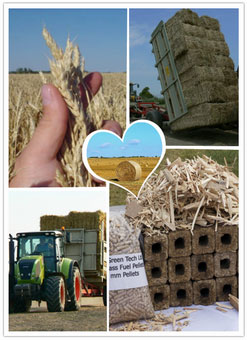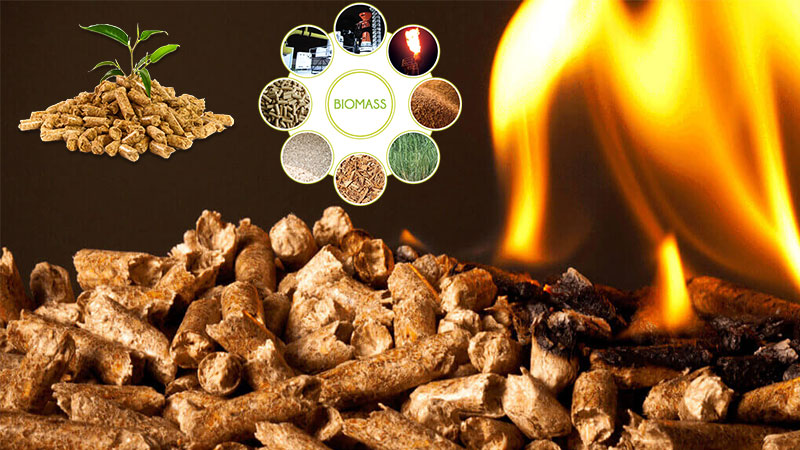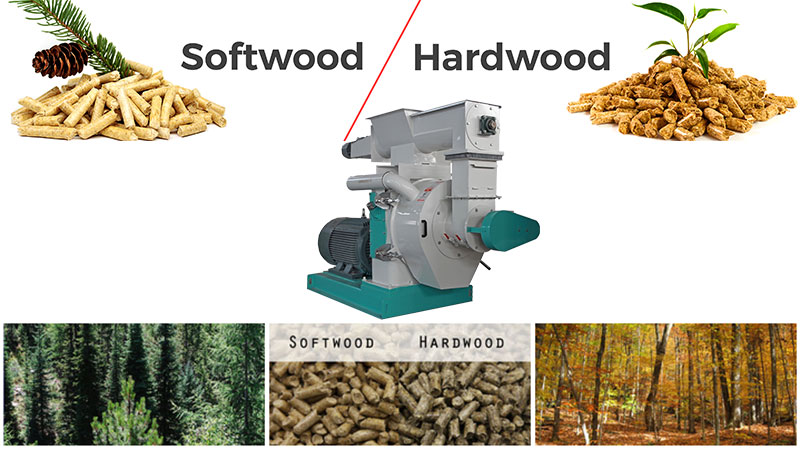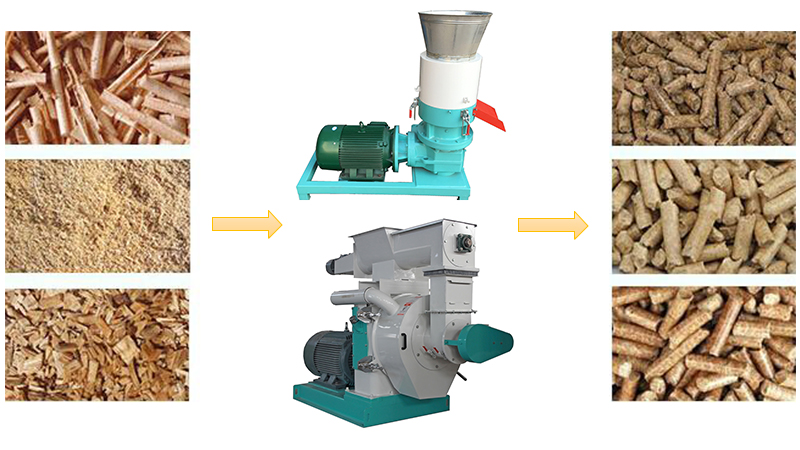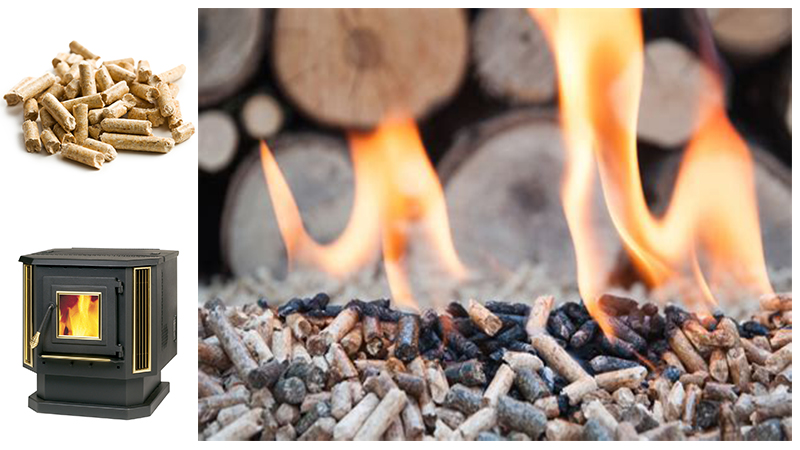Recently, the demand for fuel pellets has also grown quickly. However, wood is not the only suitable feedstock for manufacturing pellet fuel. A wide array of biomass materials has been applied.
☆ Virgin Wood
Virgin wood namely logs, sawdust ,shavings ,bark, wood chips etc which is untreated and clean. It may range in moisture content from oven dry to 60% or higher as freshly harvested, green wood. These raw material is dried, mechanically fractioned to size and thereafter extruded under intense pressure into pellets. In the process the raw material is densified approximately 3.7 times.
☆ Energy crops
Energy crops are grown specifically for use as fuel and offer high output per hectare with low inputs. In general the principle purpose is to maximize the output of the desired harvest. Energy crops include woody energy crops like short rotation forestry, Willow, Eucalyptus, Poplar, Miscanthus, Reed Canary Grass, Hemp, and etc. In many cases the energy crops are made into pellets first in a pellet mill to reduce transportation costs and make operation of the fuel plant more efficient.
☆ Agricultural wastes and residues
In the past, agricultural waste (such as straw ,husks, corn stovers ) can only be used for animal feed. As time went by, crop wastes are capable of processing into solid fuel. As for farmers, using the waste streams from growing crops and turn it into a valuable asset has various benefits.
Properties of Biomass Pellets
Biomass pellets are generally a superior fuel when compared to their raw feedstock. High density and high energy content, standardized properties and consequently reduced cost for transport storage and handling makes pellets a preferred choice over unprocessed biomass for fuel applications. The standard shape of a biomass pellet is a cylinder, having a length smaller than 38 mm and a diameter around 7 mm. They are also easier to handle and use in automated feed systems.
Various pellets for different application
Due to different feedstocks and art of pelletizing technology, the quality of pellets vary. Obviously, wood pellets possess broad applicability: can be widely used in agricultural production, power generation, heating heating, boiler, family cooking. While others biomass feedstocks have a higher ash content than the standard allows. It has been well known that straw pellets are the best bedding for horses. Greenhouses and farms are typical applications where grass pellets can help to lower running costs while at the same time reducing carbon emissions. In addition, some grasses and other materials generate ash that tends to form clumps and deposits at high temperatures. Because of this, most wood pellet stoves are not suitable for burning fuel pellets made from materials other than wood. Instead,“biomass pellet”stoves, which are designed especially for those fuels, should be used.

